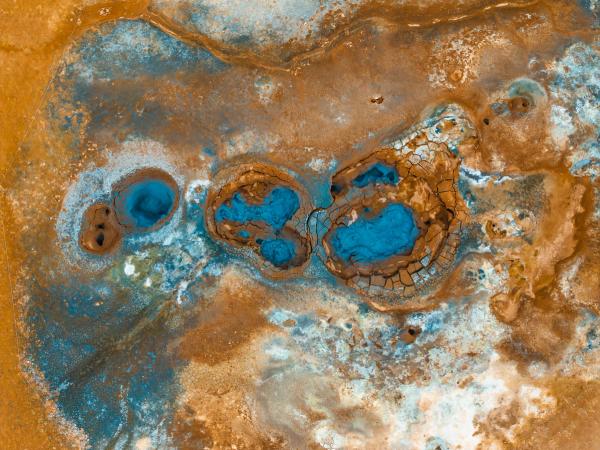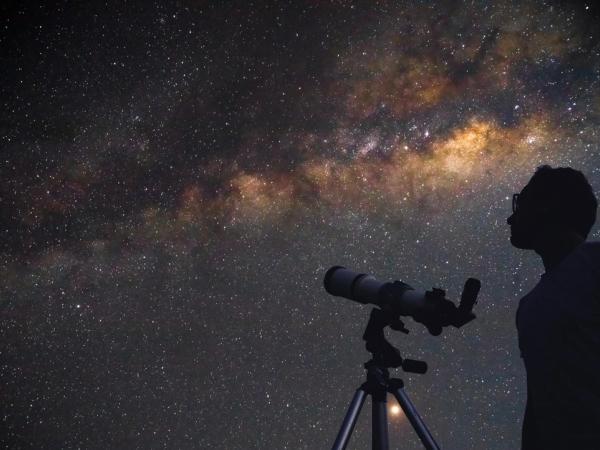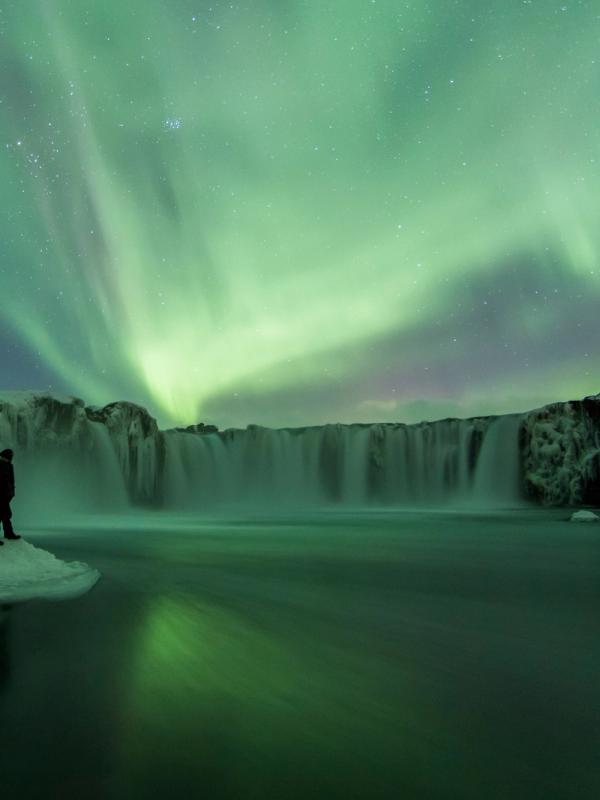
The 24 Best Things to Do in Iceland: An Outside-the-box List for 2025
Iceland feels like stepping into another world. This island packs more natural wonders per square mile than almost anywhere else. From dancing northern lights to massive waterfalls, Iceland has experiences you can't find anywhere else.
But here's what most guides won't tell you: timing is everything for avoiding crowds. Get to popular spots early in the morning or late in the evening, and check out some of Iceland's hidden spots. Trust me, there's nothing worse than trying to get that perfect waterfall shot with 50 other tourists in your way.
Whether you're chasing the Midnight Sun in summer or hunting Northern Lights in winter, Iceland delivers year-round. Here are the 24 best things to do that'll make your Iceland trip unforgettable.
1. Drive the Golden Circle with a Photography Focus
The Golden Circle is Iceland's most famous route, but adding a photo angle makes it way better. This 230-kilometer loop from Reykjavík hits three major stops: Thingvellir National Park, Geysir hot springs, and Gullfoss waterfall. A local photographer guide can help you get unique shots and teach you about lighting. Plus, it will make sure you avoid the tourist crowds.
Photo tours cost around $150–$300 for 6–8 hours and include stops at the best times for the best light. You'll visit Thingvellir, where two continents meet, watch Strokkur geyser blow every 5–10 minutes, and see Gullfoss's golden waterfalls. The best part? Your guide knows hidden gems such as Brúarhlöð Canyon or Hjálparfoss Waterfall. Book a sunrise or sunset tour for the most dramatic photos.
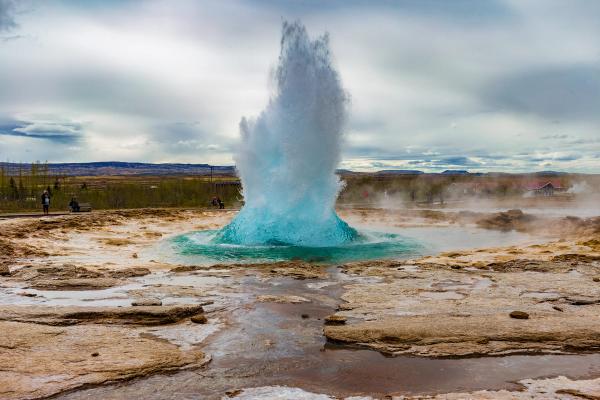
2. Check Out Reykjavík's Street Art Scene
Reykjavík's 101 area is basically one huge outdoor art gallery where colorful murals tell stories about Icelandic culture, politics, and folklore. Walking tours with local artists show you what's behind these works by creators like Sara Riel and Guido van Helten. You'll find hidden alleys with amazing art that most tourists never see.
These 1.5–2 hour tours cost $30–$60 and cover about 2–3 kilometers on foot. The art scene changes constantly, so guides share stories about new pieces and the artists behind them. Tours run year-round, though summer has better lighting for photos. If you can, do an evening tour during summer's endless twilight, as the soft light makes the murals look incredible.
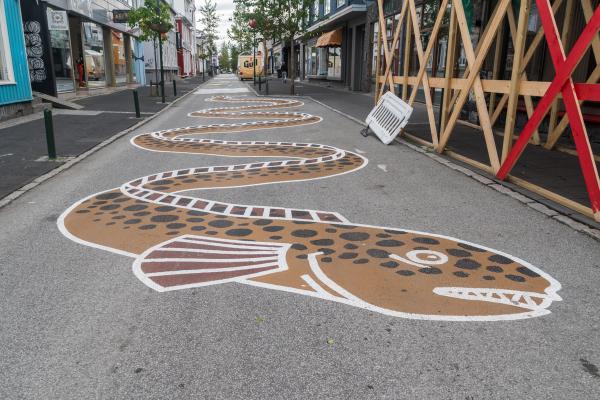
3. Snorkel Between Continents at Silfra Fissure
Snorkeling in Silfra is one of those "no way this is real" experiences until you're floating between North America and Europe. The water clarity is insane – you can see up to 100 meters in glacier water that's been filtered through lava rock for decades. It's freezing (2–4°C year-round), but the drysuit keeps you toasty.
Tours cost $140–$210, last about 3 hours, and include all gear plus lessons for beginners. The fissure is located in Thingvellir National Park, 45 minutes from Reykjavík, a UNESCO site that mixes geological wonder with history. To do this, you need basic swimming skills and must be over 12. Book 1–2 months ahead as spots fill fast, and morning tours have the best visibility before the big crowds show up.
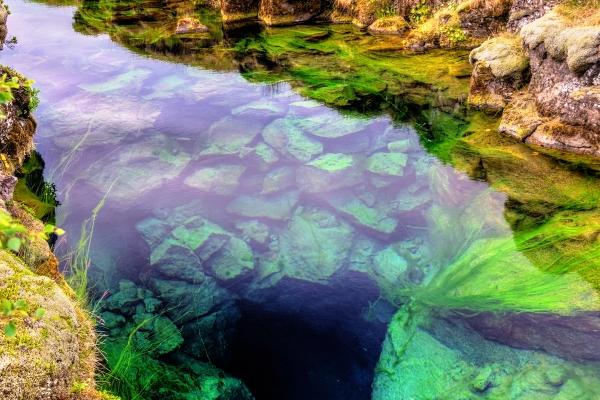
4. Chase the Northern Lights with a Private Guide
Hunting for the Northern Lights with a private guide beats the crowded bus tours every time. Your guide watches weather and aurora forecasts in real-time, taking you to dark spots away from Reykjavík's city lights. They'll teach you camera settings and share Icelandic stories about the dancing lights while you wait for the show.
Private tours cost from $400–$800 for 3–5 hours and fit 2–6 people. It’s not incredibly cheap, but it’s not that expensive if you’re in a group (or even for a couple). Tours run from September through April, with peak action in winter. The guide picks you up from Reykjavík and brings hot cocoa to keep you warm during long waits. 2025 is a solar max year, so your chances of seeing epic displays are way higher.
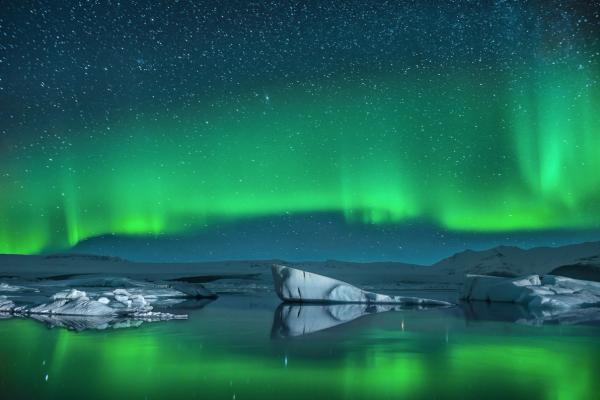
5. Watch Puffins on a Speedboat Tour
The Westman Islands have one of Europe's biggest puffin colonies. You can get close to these cute "sea clowns" without messing with their nests by taking fast Zodiac boats. By taking the tour, you'll reach sea caves and rocky spots that bigger boats can't touch. Watching puffins dive for fish and take care of their babies is incredible.
You'll pay $80–$150 for 1–2 hour tours that run May through August when puffins nest on the cliffs. You'll take a 30-minute ferry from the mainland to Heimaey island, then jump on the boat tour. Morning tours work best since puffins are most active early. You should bring a zoom lens (200mm+) for good shots and pack seasickness pills if boats make you sick.
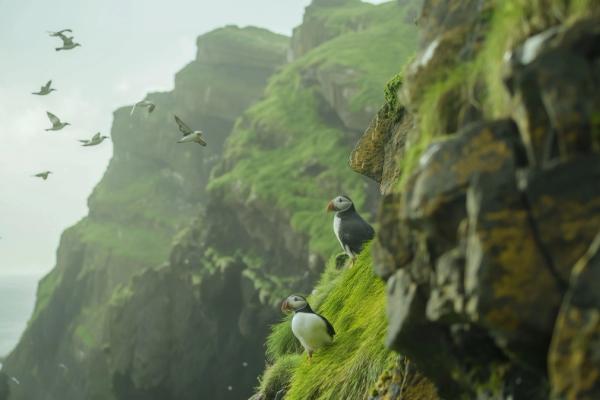
6. Walk on Sólheimajökull Glacier
You'll feel like you're on another planet when you walk on ancient ice with spikes. Sólheimajökull glacier has crazy cracks, ice caves, and ash-covered ice from nearby volcanoes. Expert guides keep you safe through this changing landscape and explain how Iceland's glaciers have changed over time. If I had to recommend just one thing to do here in Iceland, it would be either this or whale watching.
Prices for these tours range from $100 to $120 for three to four-hour tours that include all safety gear – spikes, ice axes, and helmets. You can visit year-round since it's two hours from Reykjavík near Vík. Winter tours (November–March) include ice cave exploration, but the weather might be too harsh. I did my last glacier hike in May, and the weather was perfect. You need decent fitness for walking on bumpy ice, but I would say it’s almost for everyone. You should book early since groups max out at 6–12 people for safety.
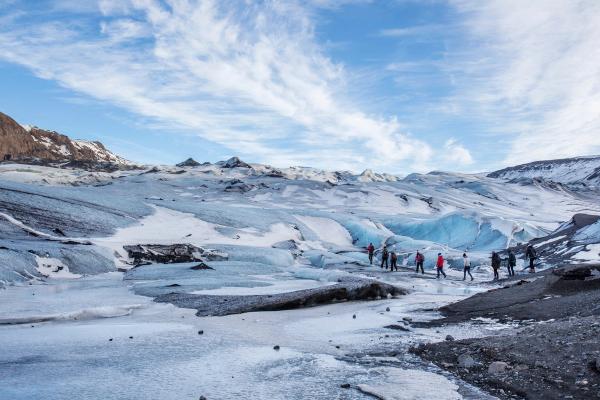
7. Walk Behind Seljalandsfoss Waterfall
Most visitors miss the hidden path behind the 60-meter drop, even though Seljalandsfoss might be Iceland's most photographed waterfall. Walking behind the water curtain is wild – you'll feel the power and hear the thunder while mist swirls around you. You just need to time your visit right.
You can visit the waterfall for free (parking costs $5–$10), and it sits 1.5 hours from Reykjavík on the popular South Coast route. You'll get soaked, so bring waterproof stuff. You should wear shoes with a good grip since the path gets slippery. You'll get golden light coming through the falling water if you hit it at sunrise or sunset. Don’t skip Gljúfrabúi waterfall, just a 10-minute walk away – it's hidden in a narrow canyon and it’s gorgeous.
Iceland has over 10.000 waterfalls, and they’re all worth visiting. Out of the most popular, you can’t miss Skógafoss, which is conveniently close to Seljalandsfoss. Detiffoss and Godafoss are stunning too. When it comes to lesser-known waterfalls, I’d recommend Dynjandi and Svartifoss, for example.
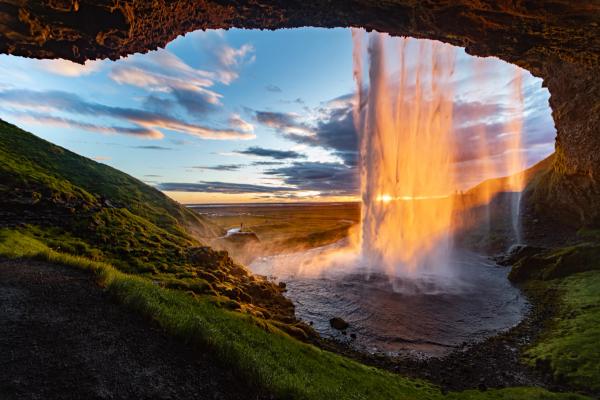
8. Spot Whales with a Marine Expert in Húsavík
Húsavík is known as “Europe’s Whale-Watching Capital” for good reason. You'll find humpbacks, orcas, and minke whales all summer in the rich waters of Skjálfandi Bay. Having a marine expert on board changes whale watching from "look, a whale!" to actually understanding migration patterns, feeding habits, and conservation stuff. You'll get a way more personal experience with small boats (12–20 people) than huge tour ships.
Tours cost around $110 and last for 3–4 hours. Most run from April through October, although some places have tours running all year long to see orcas (mostly). That said, June through August is the best time. Allow 3-4 days to get to Húsavík from Reykjavík, following the Ring Road through the South Coast and East Iceland. Morning tours usually see more active whales and calmer seas. Success rates are pretty high (close to 99%), but just admiring the mountains from the sea makes the experience worth it.
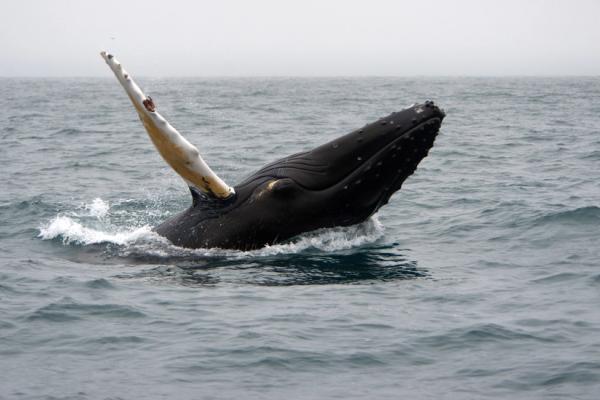
9. Hike to Glymur Waterfall with Local Stories
At 198 meters, Glymur is Iceland's second-tallest waterfall. It’s stunning, but the 7-kilometer hike keeps the crowds away. Having a local storyteller guide makes the arduous trek special. They mix Icelandic folklore and sagas into the journey, including tales of trolls and hidden people living in the valley. The trail has a cave passage and a river crossing that add adventure.
Guided hikes cost $200-$300 for 4–6 hours and run from June through September when river crossings are safe. It's in Hvalfjörður, just one hour from Reykjavík, but it feels worlds away from the tourist crowds. Bring hiking boots and walking poles for the steep bits and river crossing. It’s better to start early to have the waterfall to yourself and avoid the afternoon crowds from day tours that kill the wilderness vibe.

10. Kayak Among Icebergs at Jökulsárlón Glacier Lagoon
Paddling through Jökulsárlón feels like kayaking in a giant's ice garden. This glacier lagoon in Southeast Iceland is where huge icebergs float toward the ocean, some glowing electric blue. Guided kayak tours are your best bet to get closer to these ice giants. You might even see seals hanging out on the ice.
Tours run from May through September and cost $90–$150 for about an hour on the water. The 4.5-hour drive from Reykjavík makes this perfect for a South Coast road trip. All gear comes with it, plus drysuits to keep you warm in the freezing water. Morning tours are better, with calmer water and fewer crowds – afternoons get crazy with tour buses from Reykjavík.
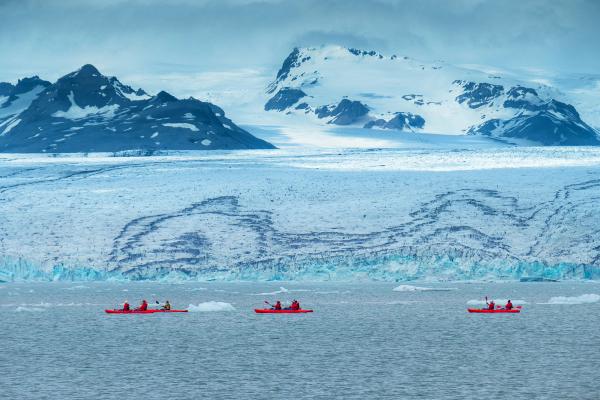
11. Explore Underground Lava Tubes
Raufarhólshellir's lava tubes feel like going into Middle-earth just 40 minutes from Reykjavik. These tunnels, formed by old volcanic eruptions, are full of wild colors from mineral deposits – bright reds from iron and greens from silica. Unlike most crowded spots on the surface, this underground world gives you quiet thinking time and geological wonders most visitors never see.
Standard tours cost $50–$100 for one hour, while adventure tours run $150–$200 for three hours of deeper exploring. The caves stay 0–4°C year-round, so bring warm layers even if it’s warm outside. Adventure tours are for thrill-seekers more than anything else, as they involve crawling through tight passages. Forget about it if you’re claustrophobic. The lighting and silence underground create an almost spiritual experience that's totally different from the dramatic landscapes we’re used to seeing on the surface.
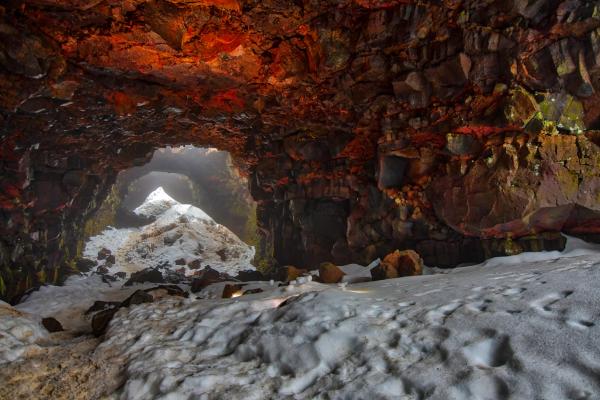
12. Hunt for Wild Herbs in Snæfellsnes
Foraging tours in the Snæfellsnes Peninsula are a fun mix of adventure and food discovery. Local experts teach you to spot edible plants like angelica, Arctic thyme, and sorrel that Vikings used to survive. The tour usually ends with a cooking demo where you make traditional dishes using what you found, all with the dramatic Snæfellsjökull glacier in the background.
Tours cost $80–$150 for 3–4 hours and run from June through August, when plants are everywhere. The Snæfellsnes Peninsula is two hours from Reykjavík and offers some of the most varied landscapes in the country, plus some must-visit attractions such as Kirkjufell Mountain or Djúpalónssandur Beach. This sustainable tourism experience is a unique way to connect with Iceland's food heritage while exploring landscapes that inspired Jules Verne. Bring a notebook to write down everything you learn and make sure you don’t forget it once you go back home (which is what it would happened to me).

13. Soak in the Blue Lagoon with Spa Treatments
Yeah, the Blue Lagoon is touristy, but there's a reason it's world-famous. The milky blue geothermal water, packed with silica and minerals, feels incredible on your skin. Adding an in-water massage takes it from "nice soak" to "life-changing relaxation." The volcanic landscape around it makes you feel like you're on another planet.
Entry starts at $70, with spa packages from $150–$300 depending on the treatments you choose. Located 45 minutes from Reykjavík near the airport, it's a perfect experience for the first or the last day of your trip. If you want a more special activity, go at night. By doing so, you will experience a side of the lagoon most people don’t see, especially in winter when you might catch the northern lights overhead. You have to buy tickets ahead – this place sells out weeks early in summer.
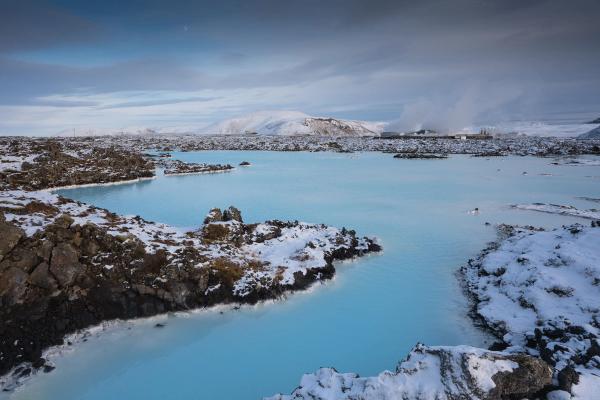
14. Kayak in Remote Hornstrandir Reserve
Hornstrandir Nature Reserve shows Iceland at its wildest. It’s been empty since the 1950s and is only reachable by boat. Kayaking (yes, kayaking again) through pristine fjords can lead to encounters with Arctic foxes and seabirds while surrounded by towering cliffs few humans will ever see. The isolation and untouched beauty create a deep wilderness experience.
Day trips cost $200–$400, while multi-day adventures run $1,000+, leaving from Ísafjörður in the remote Westfjords. Tours run from June through August with small groups (4–8 people) and include all kayaking gear (and food and accommodation if you opt for the multi-day adventures). The 5–6 hour journey to reach Ísafjörður (or short flight) needs planning, but paddling in complete solitude among Iceland's cleanest landscapes makes the effort worth it. Book 1–2 months ahead because permits are limited.
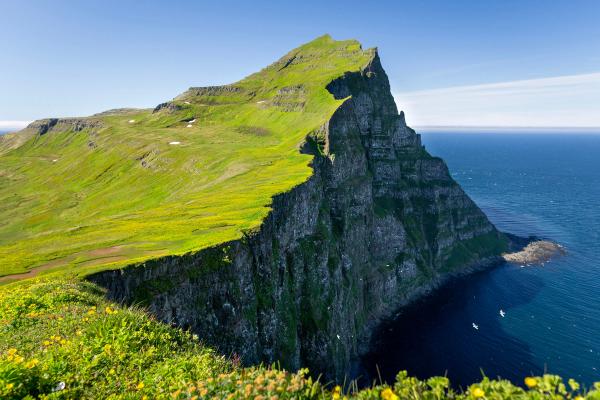
15. Discover Rural Life at Árnesinga Folk Museum
This cozy museum in Selfoss shows real 19th-century Icelandic life through hands-on exhibits and demos. Unlike bigger tourist museums, Árnesinga feels personal – you can try traditional crafts like wool spinning or watch turf house building demos. The museum preserves rural traditions that shaped Icelandic culture for centuries.
Entry costs $10–$12, plus $20–$50 if you’re up for some workshops. It's 50 minutes from Reykjavík and easy to combine with other South Coast spots, so it’s perfect if you want to throw a little cultural tourism in the mix. The museum operates from June through August with longer hours, offering outdoor exhibits and craft demos. Visit during summer for the full experience, including traditional folk music and storytelling that brings Iceland's heritage to life.
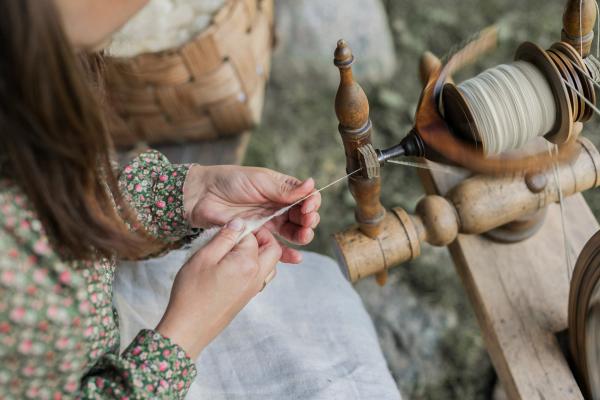
16. Trek to the Abandoned Hesteyri Village
Hiking to Hesteyri feels like finding a ghost town frozen in time. This abandoned fishing village in the Hornstrandir Reserve tells the story of Iceland's remote communities that couldn't survive modernization. Local guides share histories about the families who lived here until the 1950s, making the crumbling houses and empty schoolhouse really moving.
Day trips cost $150–$300 for 6–8 hours, including boat transport from Ísafjörður to the trailhead. The 6–8 kilometer hike winds through wildflower meadows with stunning fjord views. Tours run from June through August when the weather is mild enough for the boats to access. Like with kayaking, here you also have multi-day camping options that let you experience the deep silence of this empty wilderness. It’s smart to book 1–2 months ahead, because the tour groups tend to be small and access is not always ensured.
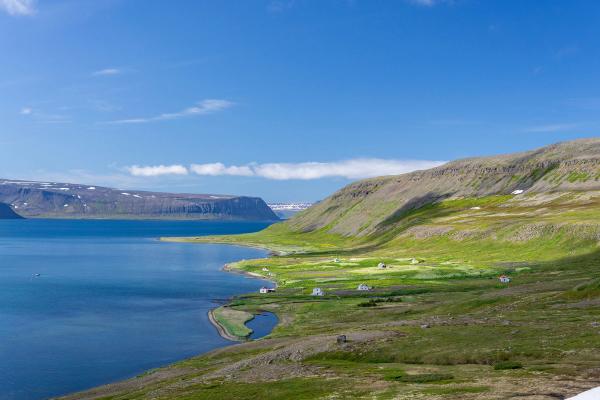
17. Stargaze at Námafjall Hverir
Námafjall Hverir, near Lake Mývatn, has some of Iceland's darkest skies, perfect for stargazing without light pollution. The steaming vents and bubbling mud pots create a weird, but beautiful, backdrop while you watch the night sky. Unlike busy stargazing spots, Hverir's remote location gives you better chances to have the sky mostly to yourself.
The site is free and open all day, every day. It's just off Route 1, 5 km east of Reykjahlíð village. It's about an hour from Akureyri or 6–7 hours from Reykjavík. Stargazing tours cost $80–$150 for 2–3 hours and run September through April when nights are darkest. You can also go on your own using the boardwalks, but I’d recommend hiring a guide for learning, unless you already know your stuff. Bring heavy winter clothes because temperatures can hit -10°C, plus a flashlight for walking around the geothermal area. Check moon phases and pick new moon periods for the darkest, best skies.
18. Ride Icelandic Horses to Hidden Hot Springs
Icelandic horses, descendants of Viking steeds, carry you through remote valleys to natural hot springs only local farmers know about. These small, sturdy horses are super special. They have unique gaits that make riding comfortable even for beginners. Guides will teach about the horses' role in Icelandic culture while exploring landscapes tourists never see.
Tours cost $80–$150 for 2–3 hours in North Iceland's Húnaþing region, about 3–4 hours from Reykjavík. No riding experience is needed, and they provide all the necessary gear. The combination of horseback riding and soaking in geothermal is like the epitome of the authentic Icelandic experience. These tours are great both in summer, where you get green valleys and the Midnight Sun, and winter, with magical snowy landscapes and the chance of catching the Northern Lights. If you’re looking for a true adventure (or just love horses), multi-day tours are for you.

19. Mountain Bike the Troll Peninsula
Tröllaskagi (Troll Peninsula) in North Iceland offers incredible mountain biking through landscapes that feel straight out of Norse mythology. Guided tours navigate steep trails and rolling valleys with dramatic fjord views while sharing local stories about trolls and hidden people. This region is super remote, so you'll have the trails mostly to yourself.
Tours cost $180–$200 for 3–5 hours, and depart from places like Akureyri or Siglufjörður. All bikes and safety gear come with it, with options for both beginners and experienced riders. North Iceland’s landscapes are challenging, but luckily, there are E-bikes available to tackle steep climbs without getting destroyed. Tours run from June through September when trails are dry and accessible. The combination of physical challenge and stunning scenery works perfectly if you want something different than what most people do.
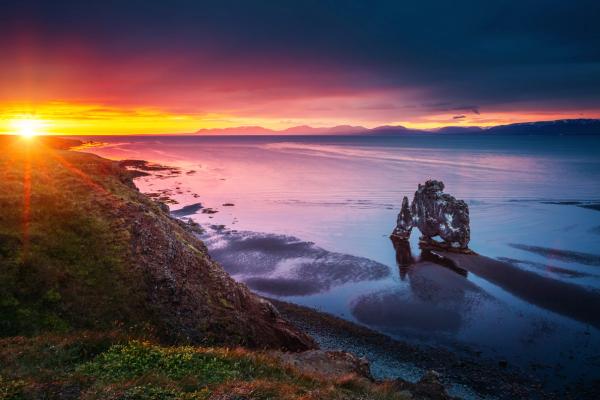
20. Soak in Remote Grettislaug Hot Pools
Grettislaug, also known as Grettir's Pool, offers one of Iceland's most authentic geothermal experiences – two simple hot pools built by locals and heated by natural springs. Named after Grettir the Strong from Icelandic sagas, these basic pools offer incredible fjord views without crowds or commercialization. The 1-kilometer hike makes the visit more exclusive, as not everyone is willing to make the effort.
Entry is free (small donations welcome), and it's 3–4 hours from Reykjavík near Sauðárkrókur. There are basic facilities on-site, but bring everything else, including towels and food. The pools stay 38–40°C year-round, perfect for soaking under the Midnight Sun in summer or to see the Northern Lights in winter. Check road conditions, as icy roads can limit access to this hidden gem.
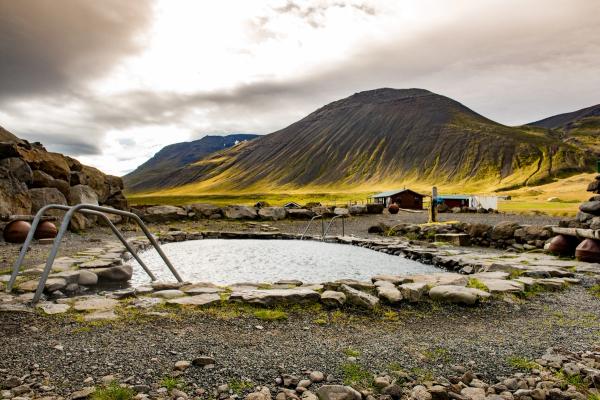
21. Spot Rare Birds on Flatey Island
Flatey Island in Breiðafjörður offers world-class birdwatching in a pristine setting unaffected by mass tourism. This tiny, car-free island is home to thousands of puffins, Arctic terns, and white-tailed eagles during nesting season. You can hire local guides for expert information on the birds’ migration patterns while you explore the colorful village houses along the coast, which is stunning and super peaceful.
Tours cost $80–$150 for 2–3 hours, plus $30–$50 for the ferry from Stykkishólmur (2.5 hours from Reykjavík). The island operates from May through August, when birds are nesting and ferry service runs. Only 1–2 ferries run daily, so plan carefully and check the weather. Another option is to spend the night there to enjoy seeing everything without rushing and without the crowds that visit on a day trip.
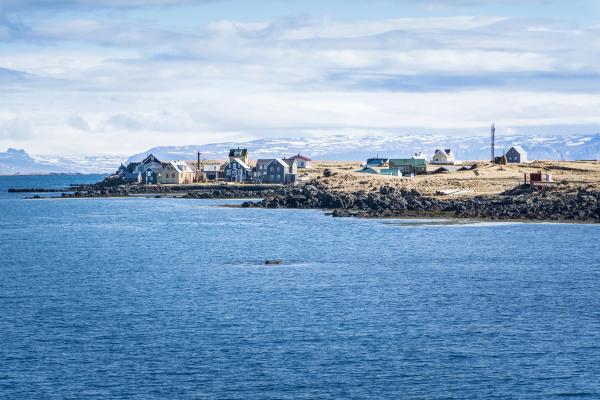
22. Find the Hidden Krossfoss Waterfall
Krossfoss in East Iceland rewards the effort to reach it – this 20-meter waterfall sits in a lush valley that is rarely visited by tourists, which is a good upside. The 4–6 kilometer hike through meadows and streams leads to a peaceful cascade where you might not see another person all day. It's the kind of discovery that helps you fathom how vast Iceland actually is.
It's 1 hour and 20 minutes from Egilsstaðir (7–8 hours from Reykjavík or a short flight). The trail is moderate with some steep sections, and the best time to hike it is during summer, when the landscape is at its prettiest. There are no facilities there, so bring everything you need. A picnic is a nice plan. The waterfall is not the easiest place to get to due to its location. But that’s also a good thing, as it means you’ll 99% have the waterfall to yourself.
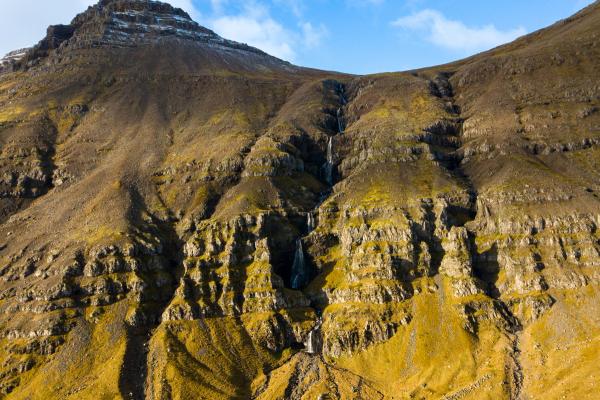
23. Learn Sorcery History at Bjarnarfjörður
The rebuilt Sorcerer's Cottage in the Westfjords tells Iceland's fascinating witchcraft history through exhibits on 17th-century spellbooks and rituals. Unlike typical museums, this intimate site feels authentically eerie, especially with the mystical atmosphere of Bjarnarfjörður's stark fjord. Not all museums call for guided tours, but this one does. They share stories of Iceland’s 20 documented witch trials!
Entry for adults is $10. It's 5–6 hours from Reykjavík, near Ísafjörður, and it operates from June through August. The cottage connects Iceland's pagan past with Christian influences and offers insights into rural life when sorcery was both feared and practiced. Visit at dusk for that eerie vibe, and pair it with a visit to Krossneslaug hot pool for some relaxation with stunning views of the fjord.

24. Track Wild Reindeer in East Iceland
Iceland has very few land mammals, and reindeer are one of the coolest. These animals only live in East Iceland and came from Norway back in the 1700s. You can join wildlife guides on 4–6 hour treks to find these animals while learning about how they survive and where they go during different seasons. The highland landscapes here feel completely wild. You won't see crowds or tourist buses—just raw, untouched terrain that looks like another planet.
Tours cost $150–$300 for 4–6 hours and start from Egilsstaðir (that's 7–8 hours driving from Reykjavík or a quick flight). Groups are small with just 4–8 people, and tours run from June through August when reindeer are most active. Here's the thing—sightings aren't guaranteed since these herds roam freely across huge areas. But even if you don't spot reindeer, the dramatic, beautiful scenery and wilderness experience make this trip worth it if you just love nature.
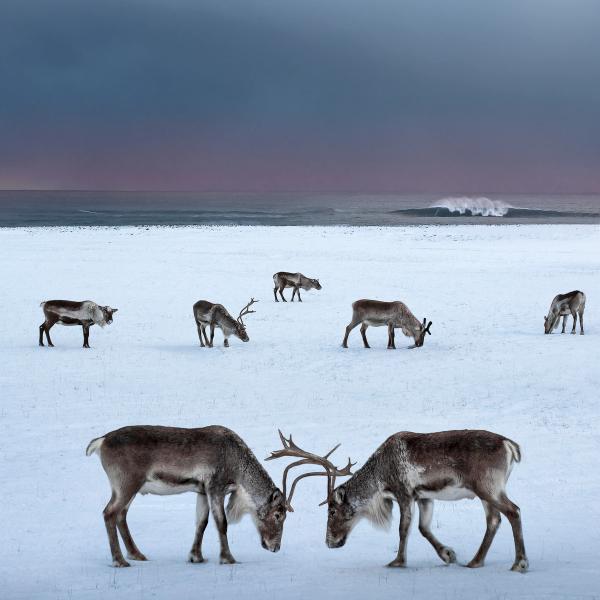
Conclusion
Iceland rewards travelers who go beyond the obvious stuff. While the Golden Circle and Blue Lagoon deliver incredible experiences, some of my most memorable moments came from remote fjords, hidden waterfalls, and encounters with locals who are always willing to share cultural and personal insights. The key is balancing must-see attractions with off-the-beaten-path discoveries.

